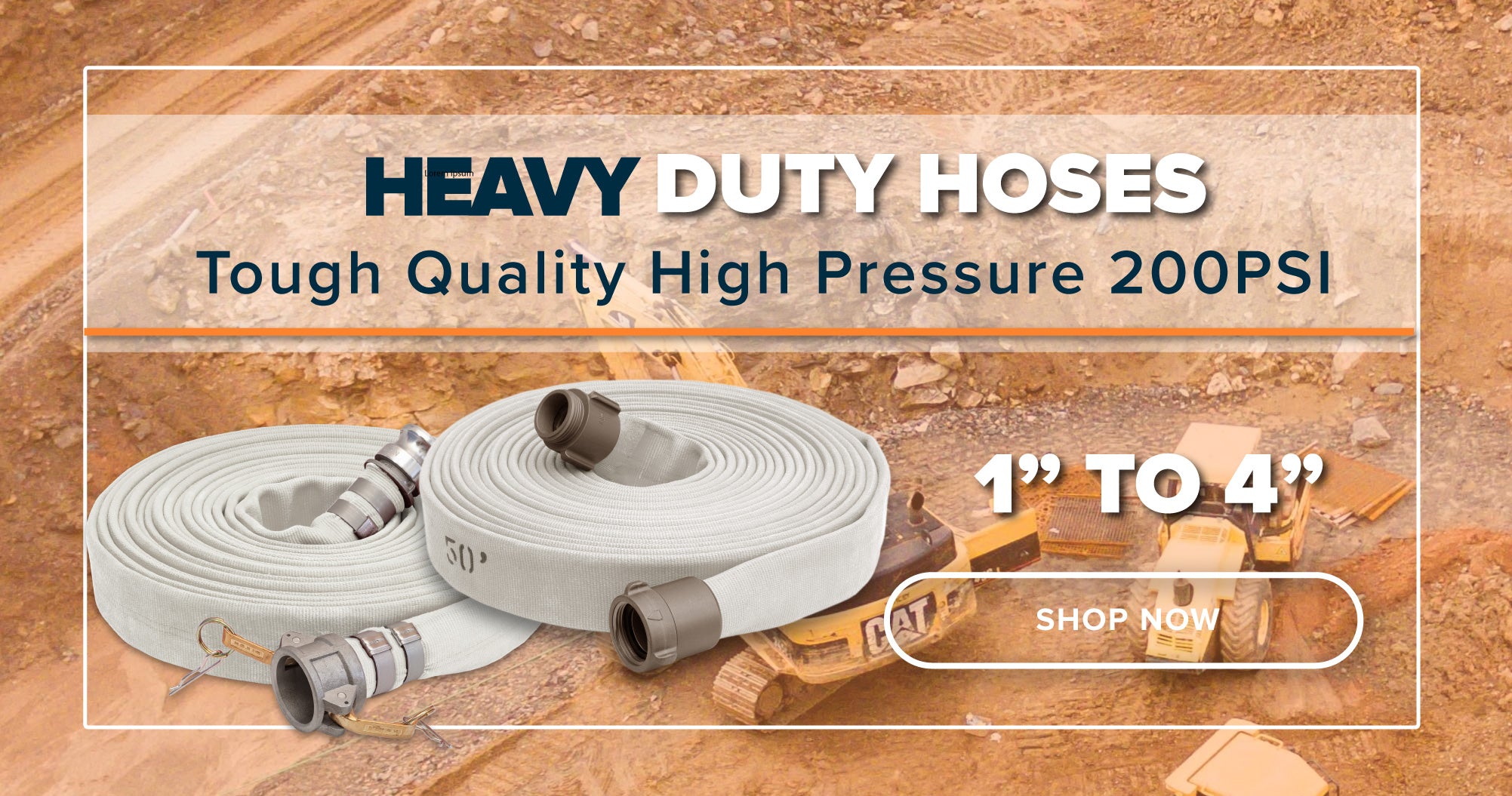A sump pump is an essential device in many homes, especially those located in areas with high water tables or prone to flooding. It's designed to prevent water from entering your basement or crawlspace by pumping it out of a sump pit and away from your home's foundation. However, during the winter months, the discharge hose can freeze and cause your sump pump to malfunction, leading to potential water damage. In this article, we'll discuss several methods to keep your sump pump discharge hose from freezing.
- Insulate the hose
One of the easiest ways to prevent your sump pump discharge hose from freezing is to insulate it. You can use foam insulation, fiberglass insulation, or heat tape to wrap around the hose. These materials help to retain heat, keeping the water inside the hose from freezing. Make sure to wrap the insulation tightly around the hose, so there are no gaps or spaces for cold air to get in.
- Use a heated hose
Another option to consider is a heated hose. These hoses have a built-in heating element that keeps the water flowing, preventing it from freezing. You can connect the heated hose directly to your sump pump and run it outside your home. The heating element is typically powered by electricity, so make sure you have an outdoor electrical outlet available before purchasing a heated hose.
- Use a larger diameter hose
If you live in an area with extremely cold temperatures, you may want to consider using a larger diameter hose. A larger diameter hose allows for more water to flow through it, reducing the chances of the water freezing inside. Also, the larger hose creates more space for insulation, which helps to keep the water inside warm.
- Bury the discharge hose
Another option to consider is to bury the discharge hose. By burying the hose, you're protecting it from the cold air, preventing it from freezing. You can dig a trench from your sump pump to your yard's edge, bury the hose in the trench, and then cover it with soil. Make sure to mark the location of the hose, so you don't accidentally dig it up in the future.
- Direct the hose away from your home
When your sump pump discharges water, it's important to direct the hose away from your home's foundation. This not only prevents water damage to your home but also helps to prevent the hose from freezing. Directing the hose away from your home also allows the water to flow to a lower area, preventing it from pooling and freezing.
- Use a slope
When you're directing the hose away from your home, make sure to create a slope. A slope helps to ensure that the water flows away from your home and prevents it from pooling in one area. Also, the slope helps to prevent the water from freezing inside the hose.
- Disconnect the hose during extremely cold temperatures
Even with all the precautions mentioned above, it's still possible for your sump pump discharge hose to freeze during extremely cold temperatures. If you know that the temperature is going to drop significantly, consider disconnecting the hose from the sump pump and letting the water drain into a bucket or another container. This way, you're preventing the water from freezing inside the hose, and you can reconnect it once the temperature rises.
In conclusion, preventing your sump pump discharge hose from freezing requires some planning and preparation. However, taking the time to implement these methods can save you from potential water damage and expensive repairs. Consider using a combination of these methods to ensure that your sump pump discharge hose remains free from ice during the winter months.








0 comments